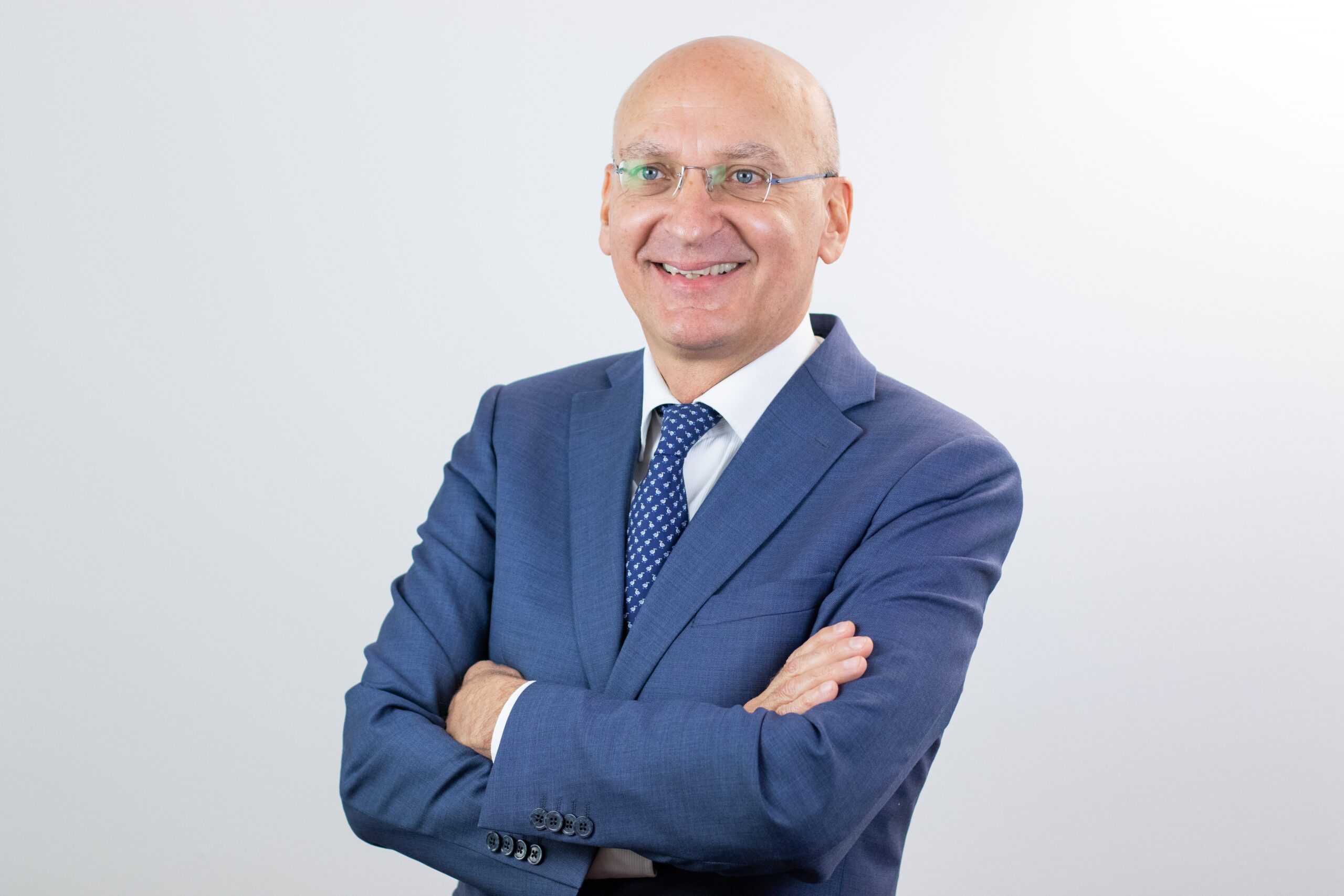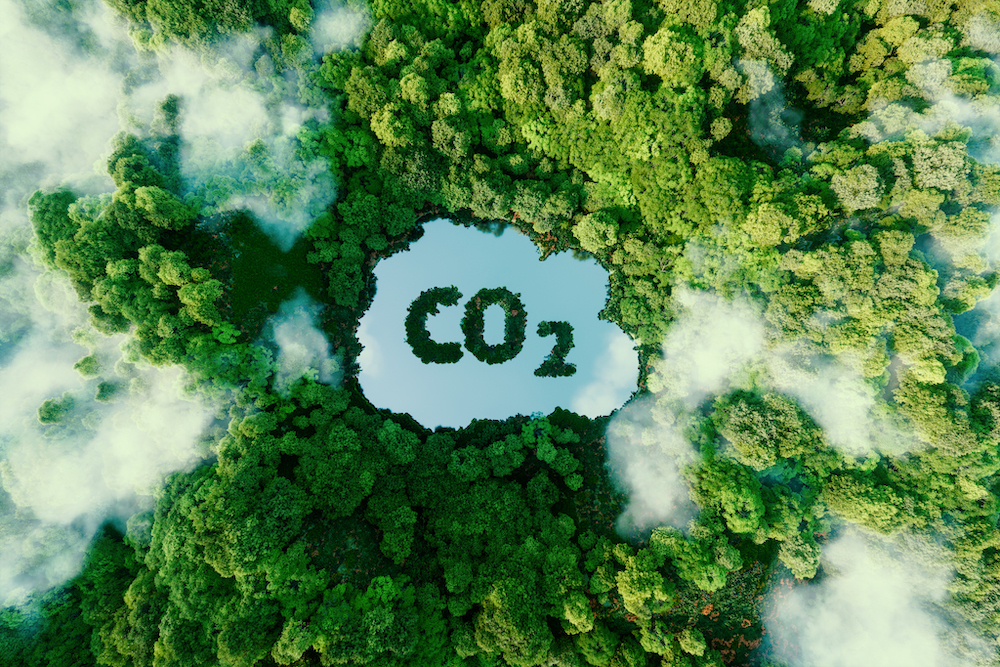- It will be built in the municipality of Patrica, near Frosinone, and will power the industrial area of the Lazio city
- A 5 MW electrolyzer is planned to be powered by a ground-based photovoltaic plant of about 7 MW
- It will produce approximately 400 tons of green hydrogen annually, destined to fuel industries in the district
- The project will be funded with €9.5 million from the National Recovery and Resilience Plan (NRRP) “Hydrogen Valleys” through the Lazio Region
Rome, December 12, 2023 – The largest green hydrogen production hub in central Italy will be located near Frosinone and will power the industrial area of the Lazio city. The project, named “HELIOS,” will be carried out by ENGIE, Società Gasdotti Italia (SGI), and the Industrial Consortium of Lazio, with an investment of approximately €20 million, €9.5 million of which will be funded through the “Hydrogen Valleys” call of the National Recovery and Resilience Plan (NRRP), and will be realized in the municipality of Patrica.
The project was presented today by Francesco De Angelis, President of the Industrial Consortium of Lazio, Roberto Loiola, CEO of Società Gasdotti Italia, and Luca Valota, Head of Proposal & Sales Support at ENGIE Italia.
Once operational, the plant, designed and built by ENGIE, will produce around 400 tons per year of green hydrogen, intended to supply industries in the district. The Department of Mechanical Engineering of the University of Cassino and Southern Lazio (UNICAS) collaborated in the ideation phase. Construction, slated for completion by the first half of 2026, is planned in a disused industrial area spanning approximately 10 hectares and in close proximity to the high-pressure gas pipeline owned by SGI.
Green hydrogen will be produced through the water electrolysis process using exclusively renewable energy in line with the European Union’s directives. The plant will be “power-to-gas,” meaning it will produce green hydrogen from electricity generated by renewable sources through electrolysis.
Additionally, a dedicated pipeline for the transmission of a blend hydrogen-methane will be constructed to deliver to the industrial district’s users. Besides entirely producing green hydrogen near consumption facilities, it’s also possible to store it, providing flexibility and network balancing. Hydrogen is one of the reference energy vectors to achieve the decarbonization goals set by the national and European strategies for 2030 and 2050, and the “HELIOS” project aims to accelerate the deployment of green hydrogen in the national energy mix.
“We are committed daily to achieving Net Zero Carbon by 2045, and we believe that to pursue the significant decarbonization goals, an approach that includes a diversification of the energy mix and a greater use of renewable sources is essential,” says Monica Iacono, CEO of ENGIE Italia. “We have launched important projects on green gas and hydrogen, strategic levers in the energy transition path, and the ‘Helios’ project fits perfectly into this context, contributing both to accelerating the development of low-carbon energy infrastructures and to the use of locally available energy sources. These technologies will be increasingly central not only to decarbonization goals but also to safeguarding the competitiveness of the Italian industrial sector.”



